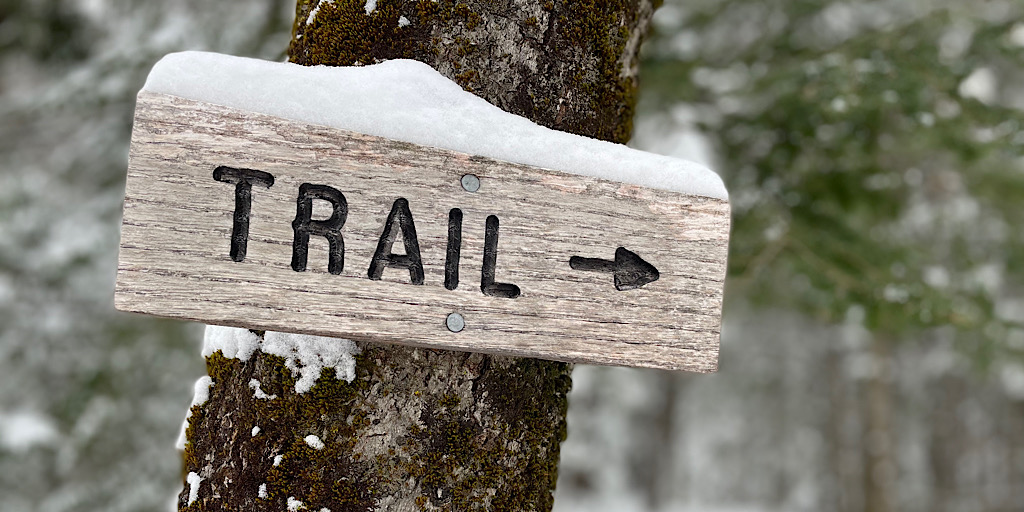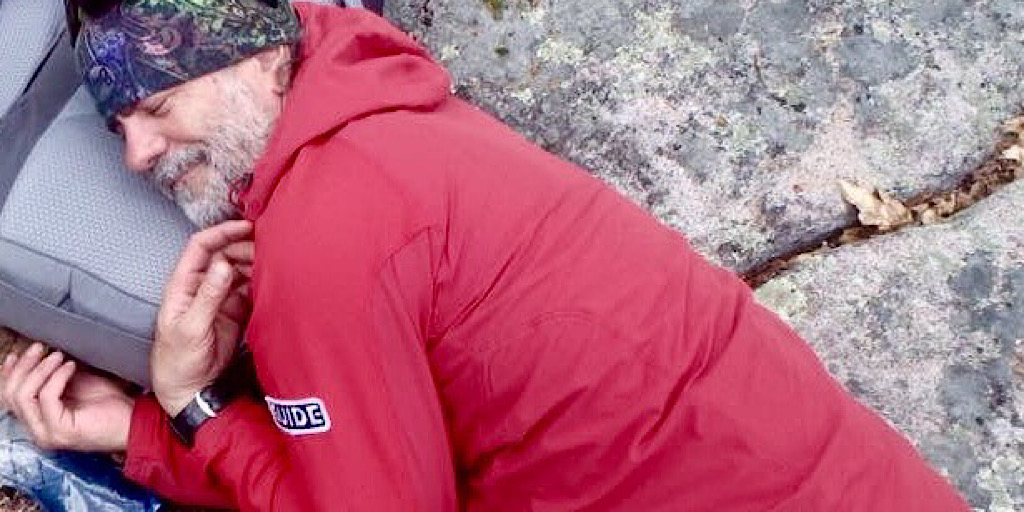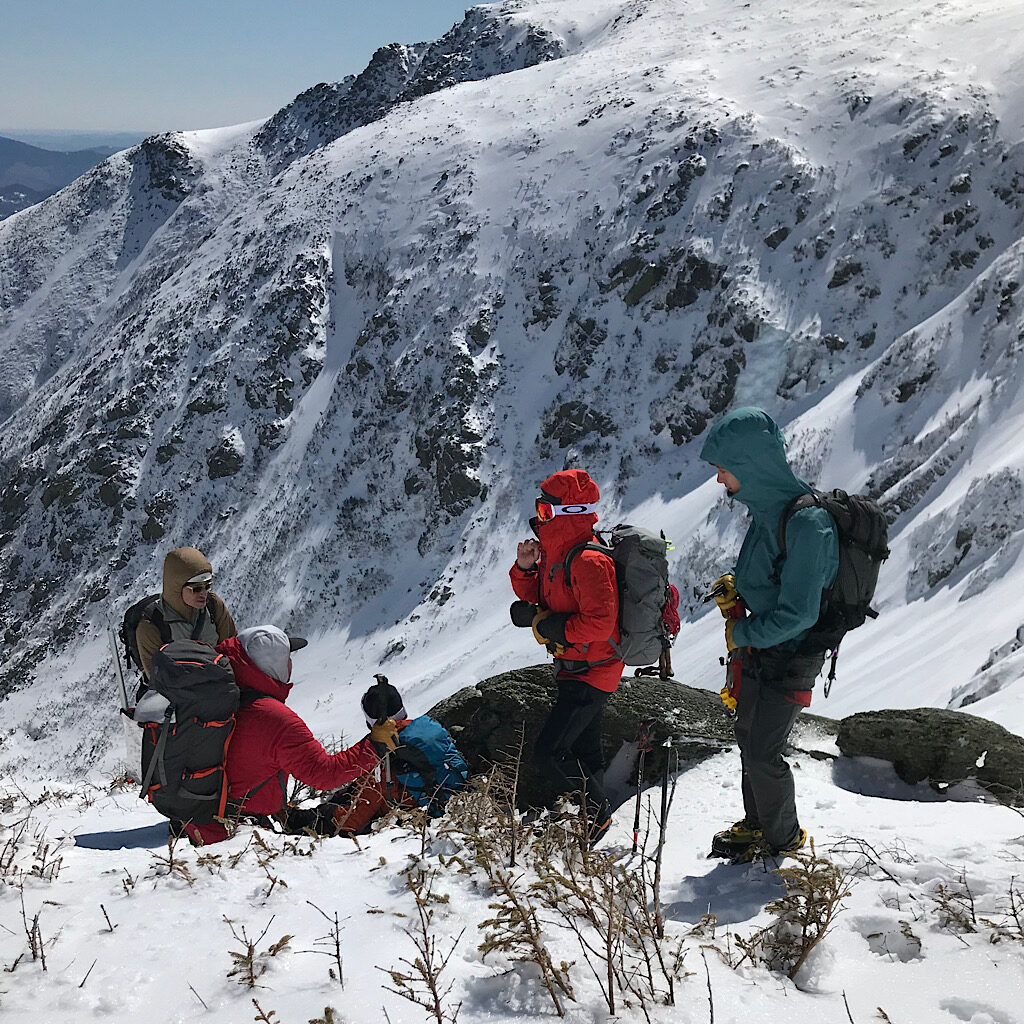
 Nowadays there are undoubtedly thousands of how-to resources about hiking, maybe even hundreds of thousands. Or more! There are blog posts, articles, books, videos, documentaries, podcasts, as well as clubs, groups, and organizations all vying to teach their readers, viewers, listeners, or members a thing or two about hiking.
Nowadays there are undoubtedly thousands of how-to resources about hiking, maybe even hundreds of thousands. Or more! There are blog posts, articles, books, videos, documentaries, podcasts, as well as clubs, groups, and organizations all vying to teach their readers, viewers, listeners, or members a thing or two about hiking.
We’re guilty of it ourselves on this blog, and on our Resources page. And we bet that nine times out of ten, the subject matter is all about the goings and the doings. But we must ask, what about the stopping? Has anyone ever written a how-to article on the fine art of taking a break? Well, we did look and there are some, but we’re going to shoot from the hip here and base this article on what we know.
Four Types of Breaks
Not all breaks are created equal. We can think of four distinct varieties.
1| The first is the Layering Break where the hiker or hikers adjust their clothing layers, usually dropping some. Often this happens soon after the start because hiking is hard work and it warms you up. Knowledgeable hikers who don’t mind the suffering — a winter hiking trait — will start off very cold knowing they will soon feel great. In doing so they can skip the layering break… for now. That said, group coordination is the best plan. This type of break is short, maybe three minutes or so, but not as short as our next one.
2| The next type of break is the Micro Break which could be classified as a break of less than 30 seconds to a minute. This type of break is often utilized by folks going up. Sure, according to popular trail etiquette, those going up do have the right-of-way, but often, these folks will gasp then state: “Nah, you go” gasping again as they relish their micro break. This is the type of break employed to take on a handful of some snack or some water to ease cardio demands while they hydrate or graze. It’s also used by photo-takers and view-lookers.
3| The third break type is the Full Break — to rest, to snack, eat a second breakfast, or maybe even lunch. That means that the packs will probably come off. As guides we remind guests of the amount of time we are taking (5-15, maybe 20 minutes depending on the reasonable duration and conditions), what they need to accomplish during that time, and the how-to of some of it such as telling them where to go pee if they have to, how to layer up, how to protect their gloves/mittens, to make sure they don’t block the trail for others, and to also ensure they don’t make mistakes that could impact them or others — think LNT. This type of break tends to run on a bit in the warmer months when there’s greater day length and the temperatures are milder.
4| The fourth type of break is the Unplanned Break. This might also be referred to as the “emergency break” — but to avoid confusion with the term’s automotive attachment and to broaden its meaning, we’ll use “unplanned.” This type of break may occur because of equipment breakage, a foot slips out of its crampon, there’s a medical emergency, an animal encounter, or meeting/making friends. The party could also become lost or benighted. Any of these will lead to an unplanned break with varying durations, challenges, and consequences. It’s probably not much of a surprise when we tell you, but for the wise, the best course of action is plan for unplanned breaks.

How to Take That Break
Now that we’ve identified the various types of breaks, let’s talk about doing them right with these dos and don’ts.
When taking a break DO…
- Break away from others if possible.
- Layer up right away in winter.
- Leave passage for other hikers.
- Control sounds, smells (smokers).
- Secure gloves, if worn, in shirt/jacket.
- Pee in dispersed locations.
- Remove ALL toiletries litter.
- Remove ALL food wastes.
- Bury your feces in a cat hole.
- Control your pets well.
- Try to eat and drink often.
- Coordinate with others in your group.
- Time your break to stay on track.
When taking a break DON’T…
- Intrude on others.
- Allow yourself to get too cool.
- Block the trail to others.
- Smoke, play music others can hear.
- Put gloves on the ground in winter.
- Pee in a single location.
- Leave toilet paper, etc., behind.
- Leave even biodegradable food scraps.
- Poop on the surface or near water.
- Allow your pet get out of control.
- Stop drinking or eating.
- Be a rogue as it may impact others.
- Freewheel the break’s duration.
So, Should You Take Breaks?
We have helped you see the various types of breaks and how to do them right, but should you take them or skip them? That’s going to be your call and yours alone. Having a brief respite is a welcome thing, at least on nice days, unless you hate brief respites. Some people just don’t like to stop, cool down, or rest until they reach the summit. Others don’t stop until it’s done. To some momentum is a precious thing. But breaks also allow for better intakes of food and water, and certainly more photos. Ahh, the pros and cons.
But on the flip side, in the winter you lose so much heat when you stop — even after putting on your summit puffy — and with short days being a legitimate concern, breaks can practically work against you. Let’s go! In the winter, in particular, you and yours really have to have your collective stuff together. The whole posse has to be on point, operating like a well-oiled machine. It’s key to your success.

On nice winter days, one can take a more leisurely approach to the climb.
